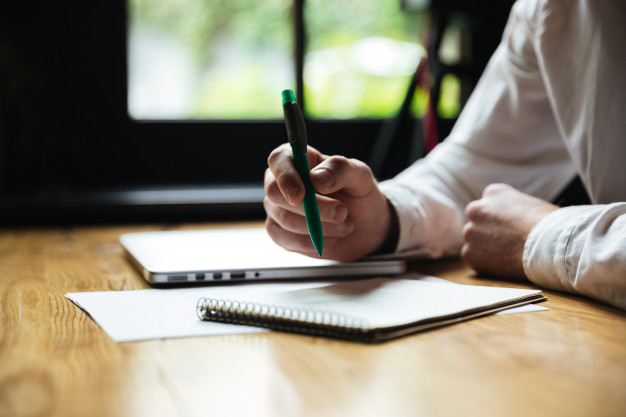From minor ailments to more severe wounds, a first aid kit is necessary for any medical emergency at home.
A first aid kit isn’t an alternative to medical care provided by experts in a hospital setting—but it does play a vital role in saving someone’s life. According to the Canadian Centre for Occupational Health and Safety, first aid lowers the risk of permanent injury and future disability.
In this blog post, we’ll go over all the items you need to keep in your home first aid kit, followed by some tips on how to customize it.
What should a first aid contain?
A basic first aid kit for your home should contain the following items:
- Bandages (triangular bandages and crêpe rolled bandages)
- Dressings (sterile gauze and sterile eye dressings)
- Plasters of various sizes
- Tools (scissors, tweezers, safety pins, sterile gloves)
- Creams and ointments (antihistamine cream, antiseptic ointment, insect bite and sting relief cream)
- Oral medication (painkillers such as ibuprofen, paracetamol, and aspirin)
- Thermometer
SPECIAL CONSIDERATIONS FOR CHILDREN
If you have children in your home, a first aid kit should also include items that are suitable for kids such as small-sized plasters and medication for kids. For example, children might not be able to take tablets so you should keep infant paracetamol on hand. Additionally, cough syrup is also a good addition because children are much more prone to catching the flu.
SPECIAL CONSIDERATIONS FOR THE ELDERLY
Older people are not only more susceptible to falls and cuts, but their skin is also more fragile. You may want to include butterfly closures and self-adhering bandages for cuts as they work better with thin skin.
Instead of conventional dressing, go for paper tape and transparent film dressings because they are gentler on the skin. Instant hot and cold compress packs can also be added to provide quick pain relief for wounds.
You may also like: Essential First Aid Items You Should Keep in Your Car
The items in a first aid kit should be stored in separate, sealed plastic bags. Keep your gauzes and bandages at the top to ensure quick access and place your first aid box in marked location, out of the kids’ reach. The items in first aid kit should be restocked every six months to ensure everything is in proper shape when you need it.
Having a first aid kit in your home is crucial, but you should also know how to use the components in it properly. Metro Safety Training offers first aid training for people with various levels of expertise.
To find out more about our Red Cross first aid courses in BC call 604-521-4227.








